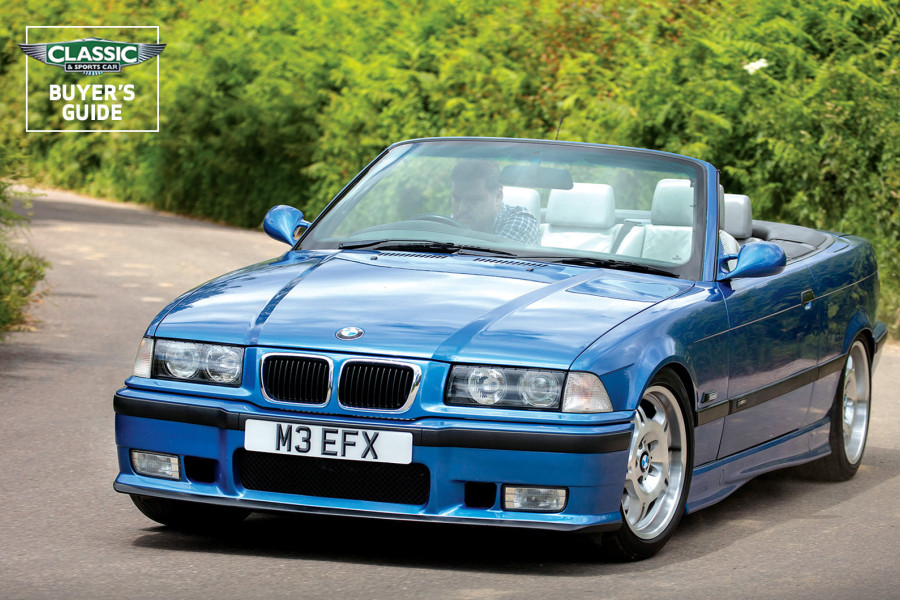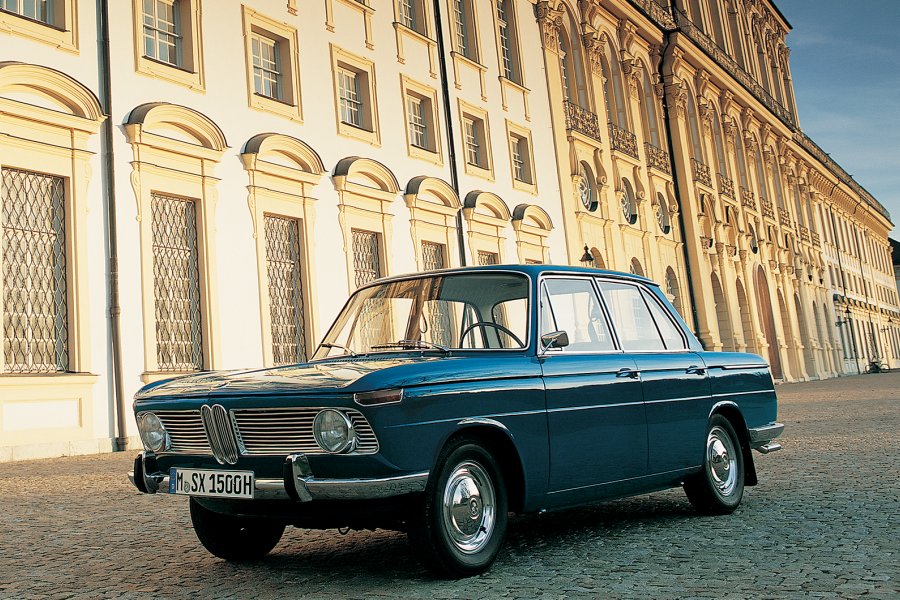
Bankers’ red braces, unwieldy brick-like mobile phones plus bespoilered Porsche 911s and Lamborghini Countachs... the late 1980s had no shortage of imagery to support its reputation for excess.
And that’s before we bring up shoulder pads, mullets and Culture Club.
All of this stems from the need be seen as a symbol of success, an essential attribute of the decade of conspicuous consumption.

BMW’s sonorous straight-six motor is topped by induction ‘sausages’
The same applied when it came to the wheels parked in the residents’ bays outside those hyper-expensive inner-city studio flats.
And car makers were quick to capitalise.
Saab, BMW and later Audi lopped the tops off their big-selling two-doors to give owners a taste of the First Division footballer’s lifestyle – and something to move up to when they had outgrown their Volkswagen Golf GTI or Ford Escort XR3i cabriolets.
These convertibles delivered all the space and luxury of their tin-top brethren, but with wind-in-the-hair motoring on demand.

The BMW 325i Convertible looks light and sporty, and so it proves on the road




















